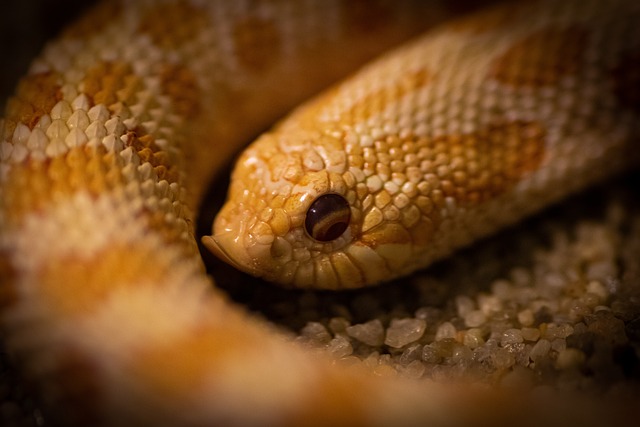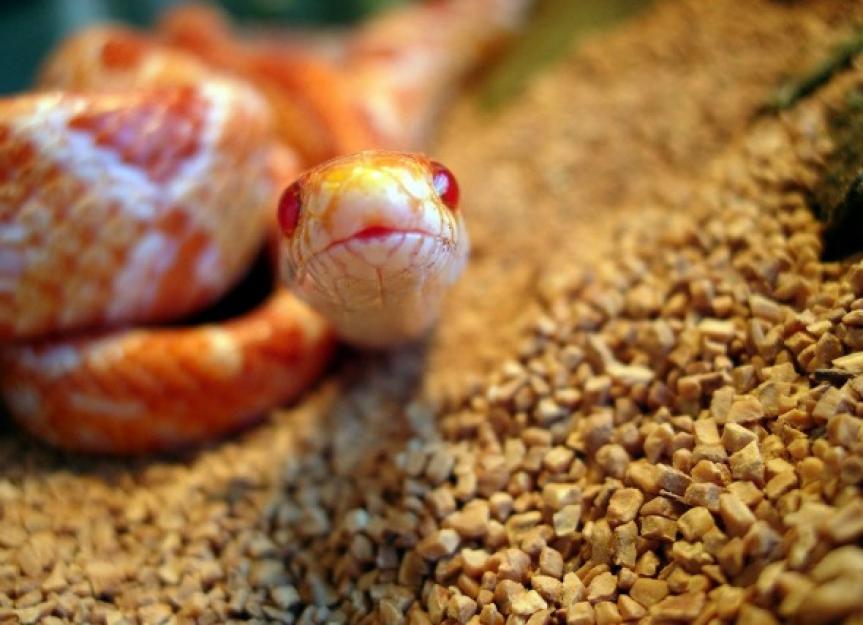How to Create the Perfect Habitat for Your Pet Snake
Creating the optimal habitat for your animal snake is important to ensuring its health and well-being. From picking the appropriate room to supplying the ideal temperature and humidity levels, there are various factors to consider when establishing a habitat that resembles your serpent's all-natural setting. By comprehending the particular needs of your serpent varieties and applying the necessary aspects in its habitat, you can develop a room where your animal can thrive. Allow's discover the essential components that go right into making the best home for your slithery companion.
Picking the Right Room
The room serves as the serpent's key environment, influencing its total health and habits. A basic guideline of thumb is to supply an environment that is at the very least as long as the serpent's size and vast sufficient for it to stretch out easily.
Timber and PVC enclosures provide exceptional insulation, which is vital for controling temperature and moisture levels within the environment. Eventually, the unit ought to imitate the serpent's natural habitat as closely as feasible to guarantee its wellness and joy.
Establishing Up Temperature and Humidity Levels
In order to give a conducive living atmosphere for your pet serpent within the selected unit, focus to keeping ideal temperature and humidity degrees is critical. Serpents are ectothermic creatures, meaning they count on external sources to regulate their body temperature.
The ideal moisture degree differs depending on the serpent varieties, with many requiring degrees between 40-60%. By faithfully adjusting and checking temperature and moisture degrees, you can produce a secure and comfy habitat for your cherished animal snake.
Providing Adequate Concealing Places
Making sure the accessibility of suitable hiding areas is essential for developing a hassle-free environment for your family pet snake. To imitate their all-natural environment, supply at the very least two concealing spots in your serpent's room-- one on the warmer side and one on the cooler side.

Selecting the Appropriate Substratum
To create an appropriate environment for your pet dog snake, what aspects should be thought about when picking the appropriate substrate? Picking the right substrate for your animal serpent is vital for keeping its wellness and health. When selecting a substratum, numerous variables require to be taken into account.
Firstly, the substrate ought to mimic the snake's native environment as very closely as feasible. Various serpent species have different habitat choices, so it is essential to research your certain snake's natural environment to choose an appropriate substrate. As an example, desert-dwelling serpents might call for a sandy substrate, while forest-dwelling snakes may favor a more moved here humid substrate like cypress compost or coconut husk.
Choose for substratums that are simple and non-toxic to tidy to preserve a hygienic environment for your pet serpent. By thoroughly considering these like this factors, you can produce a risk-free and comfy habitat for your animal serpent.
Offering Correct Lights and Home Heating

When it involves illumination, serpents have certain illumination demands to resemble their natural surroundings. Ultraviolet (UV) lighting may be needed for sure serpent types to assist with calcium absorption and vitamin D synthesis. Nonetheless, not all snakes require UV lighting, so it's vital to research your certain serpent types' demands.
To give the right balance of lighting and home heating, consider using a combination of overhead heating lights, heating pads, and thermostats to control temperature levels precisely. Make certain that your serpent's habitat has a temperature slope, permitting it to relocate in between warmer and cooler areas as required. snake for sale. By using correct lighting and heating, you can develop a comfy and healthy and balanced setting for your pet snake
Verdict
To conclude, producing the perfect habitat for your pet dog serpent entails selecting the right unit, establishing up suitable temperature and humidity levels, offering appropriate hiding places, picking the proper substrate, and using appropriate lighting and home heating. By adhering to these guidelines, you can ensure that your snake has a comfortable and healthy setting to prosper in. Remember to consistently check and adjust the habitat as needed to satisfy your serpent's specific requirements.
To create an appropriate habitat for your animal serpent, what elements should be taken into consideration when choosing the suitable substratum? Various snake types have different environment choices, so it is vital to investigate your details serpent's native setting to select an ideal substrate. Desert-dwelling snakes might require a sandy substratum, while forest-dwelling snakes may favor a more moist substrate like cypress compost or coconut husk.
Not all snakes require UV illumination, so it's crucial to research your particular serpent varieties' needs.
